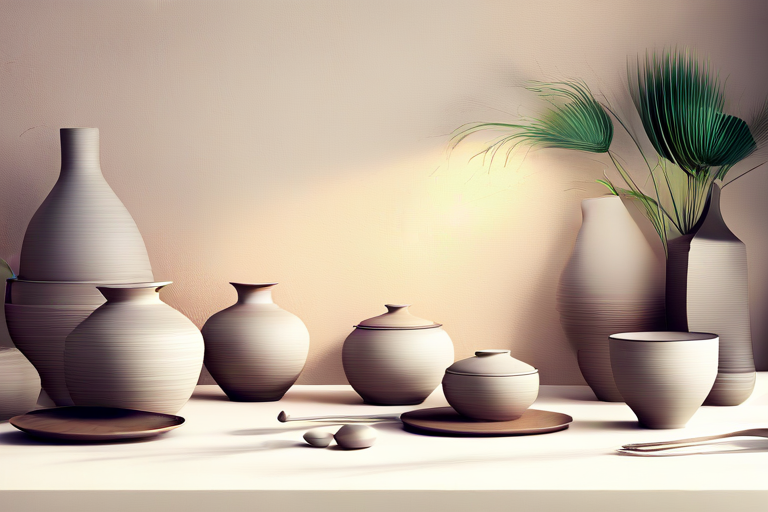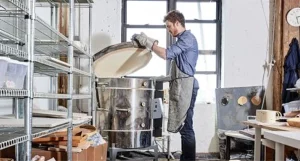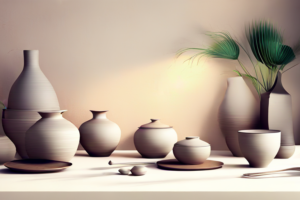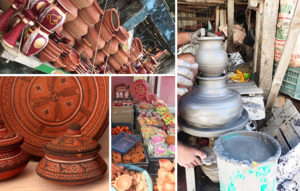Firing pottery is an important step in the ceramic production process, transforming raw clay into beautiful, durable works of art. Understanding the techniques of this age-old craft can help you improve your pottery skills and produce stunning, professional-looking pieces. In this article we delve deeper into the art of pottery firing and reveal the techniques that will allow you to turn your creations into true masterpieces.
1. Choose the right oven
The first step to mastering pottery firing is choosing the right kiln. There are different types of ovens such as electric ovens, gas ovens and wood-burning ovens. Each has its own unique benefits that affect the outcome of the pottery. Electric ovens offer precise temperature control and are ideal for beginners. Gas kilns offer more hands-on experience, allowing artists to manipulate the firing atmosphere. On the other hand, wood-fired kilns give pottery unique textures and colors due to the organic nature of the process. Choose an oven that suits your artistic vision.
2. Bisque Firing: Basics
Bisque baking is the first baking that converts raw clay into a durable, porous form. This basic step removes moisture and prepares the pottery for glazing. Make sure the biscuit firing reaches the recommended temperature for your clay type as this will affect the final strength and absorbency of the piece.
3. Glazing techniques for vibrant finishes
The choice of glaze and the technique used can significantly influence the appearance of the pottery. Experiment with different glazes and application methods to create unique textures and finishes. Dip, pour or brush glazes and consider layering different glazes for a multi-dimensional effect. The glazing process is an opportunity to add personality and creativity to your piece.
4. Baking temperature: finding the sweet spot
Knowing the optimal firing temperature for your clay and glaze combination is crucial. Firing at too high a temperature can cause excessive deformation or even melting, while firing at too low a temperature can lead to underdeveloped pottery. Check the temperature guide for your material and perform a test fire to fine-tune the process.
5. Calm and patient
Once the desired temperature has been reached, allow the oven to cool gradually. Rapid cooling can cause thermal shock and crack the ceramic. Patience is key at this stage; resist the temptation to start the oven too early.
All in all, the art of pottery firing is a subtle dance of skill, temperature and creativity. By choosing the right kiln, mastering cookie baking, experimenting with glazes, understanding firing temperatures, and being patient during the cooling process, you can realize the full potential of your pottery. Hone your craft, create enchanting pieces, and enjoy the satisfaction of seeing your artistic visions come to life in the fiery embrace of the kiln.



